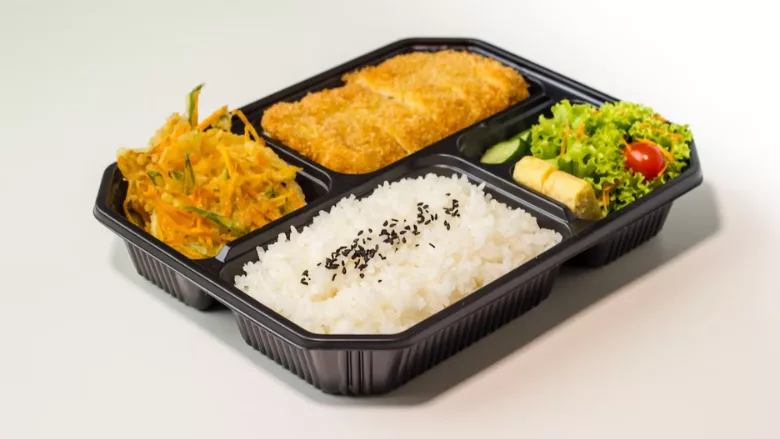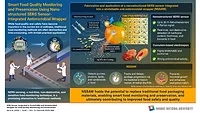Researchers Develop Tray that Alerts when Food is Contaminated by Pathogenic Bacteria

Image credit: Ferks Guare via Unsplash
McMaster University researchers have created a new packaging tray that can signal when Salmonella or other foodborne pathogens are present in raw or cooked foods, such as chicken.
The prototype tray, shaped like a shallow boat, is lined with a food-safe reagent that allows a built-in sensor to detect and signal the presence of Salmonella. The technology can readily be adapted to test for other common foodborne pathogens, such as Escherichia coli and Listeria monocytogenes. The technology will enable producers, retailers, and consumers to tell in real time whether the contents of a sealed food package are contaminated without having to open it, preventing exposure to contamination while simplifying laborious and expensive lab-based detection processes.
The tray’s sloped sides direct juices to a sensor embedded in a window at the bottom. Users can scan the underside of the sealed package with a cellphone and know immediately whether the food is contaminated without additional lab work.
Having easy, instant access to information about the presence of microbial contaminants would allow public health authorities, producers, and retailers to trace and isolate pathogens quickly, reducing foodborne illnesses. The technology will also mitigate food waste by identifying which lots of food need to be recalled and destroyed, avoiding broad recalls that inevitably waste uncontaminated product.
Package-based sensors that measure other conditions such as humidity are already becoming common in Japan and elsewhere, and the researchers believe that it is only a matter of time before similar technology becomes common globally.
The McMaster research team on the Lab-in-a-Package project—featuring 11 colleagues from the fields of biomedical, mechanical, and chemical engineering; medicine; and biochemistry—has worked to make the new contamination sensor as adaptable and economical as possible, knowing food producers are under pressure to keep costs low.
As part of McMaster’s Global Nexus School for Pandemic Prevention and Response, McMaster researchers and colleagues have been working for several years on related technologies, all aimed at creating simple, inexpensive tools to prevent and detect food contamination.
The research has been supported by Toyota Tsusho Canada Inc., an indirect subsidiary of Toyota Tsusho Corporation in Japan.
Looking for quick answers on food safety topics?
Try Ask FSM, our new smart AI search tool.
Ask FSM →








